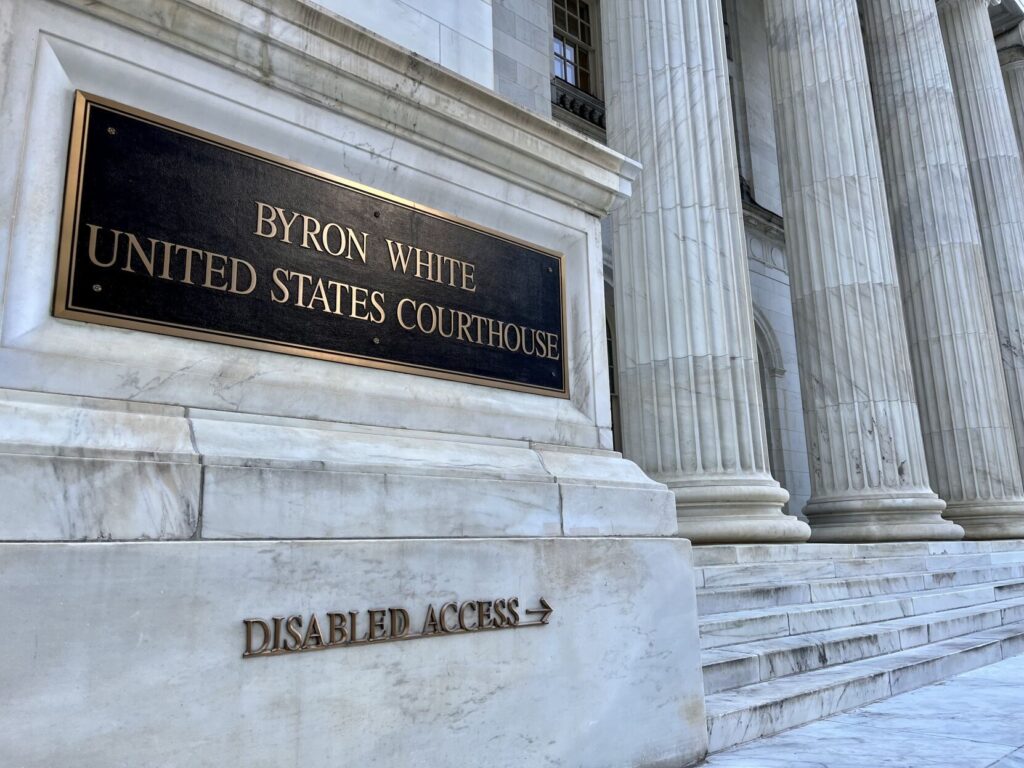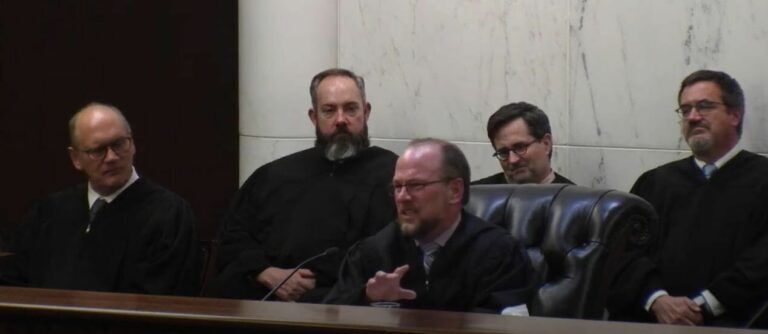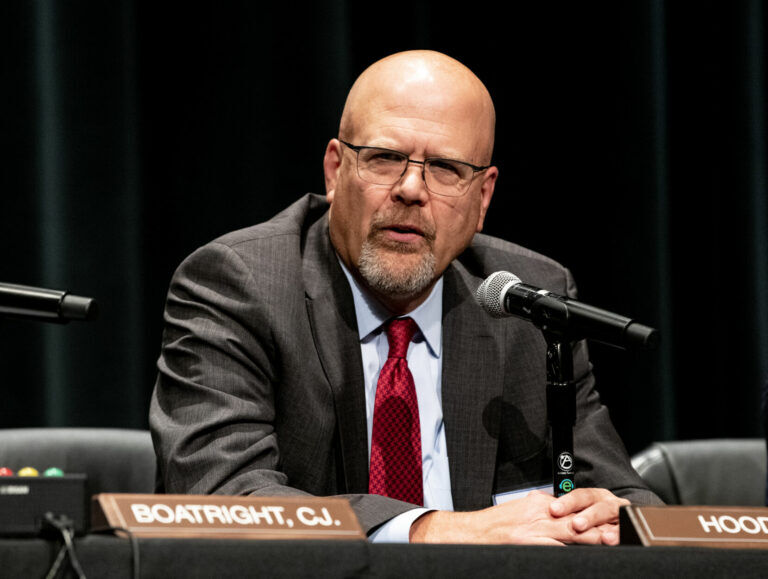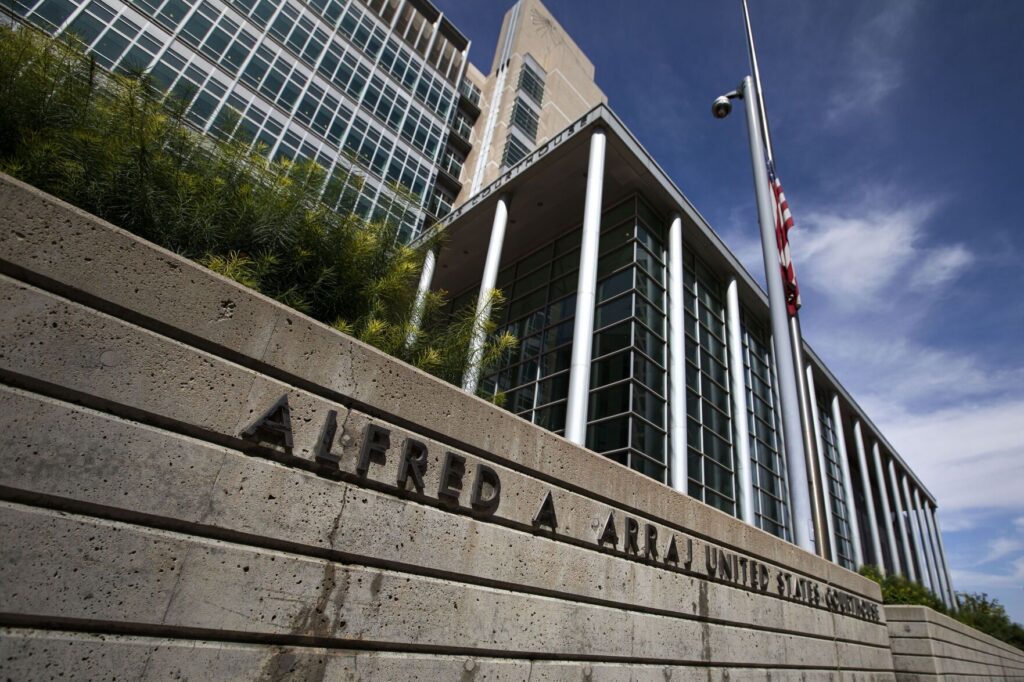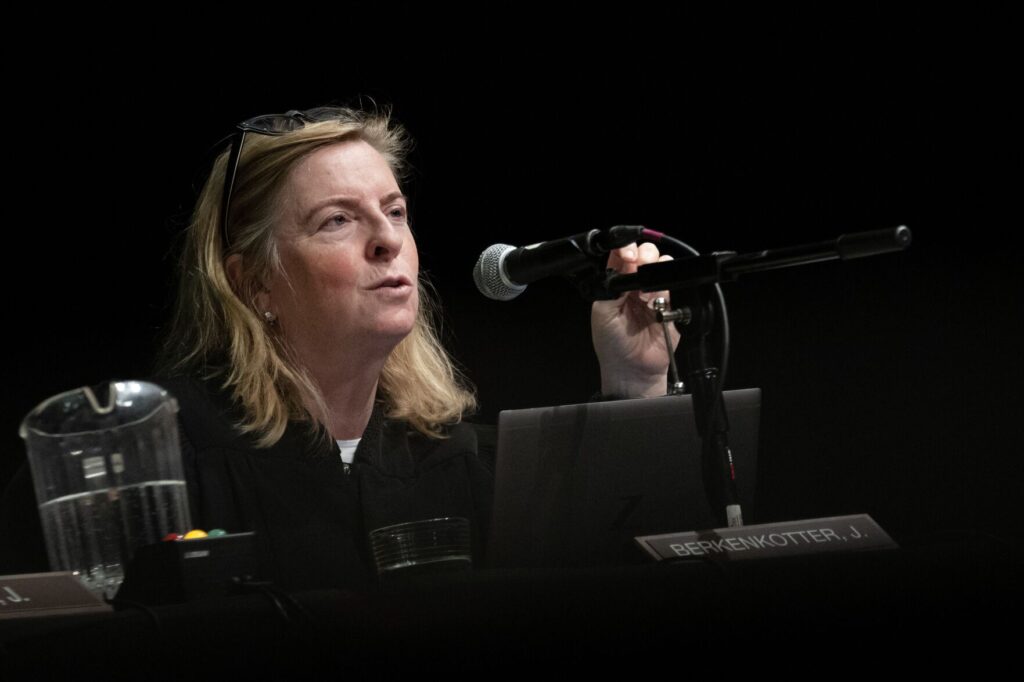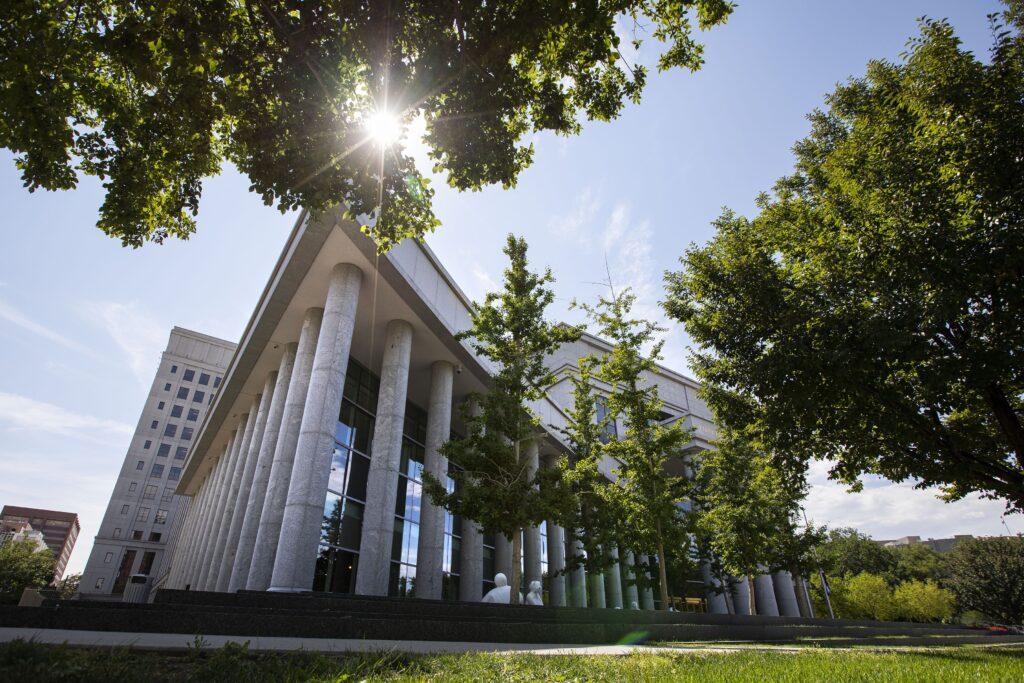Why is Colorado’s chief justice now the chief dissenter?

The Colorado Supreme Court has just begun its new term and, in its first two weeks, has released eight new opinions. Unusually, four of those featured dissents.
Even more unusually? The dissents had one thing in common: Chief Justice Monica M. Márquez.
So far, she agreed with a disbarred district attorney that the state’s disciplinary judge should have recused. She sided against one criminal defendant’s interpretation of a statute. She sided with another criminal defendant’s interpretation of a statute. And she disagreed with the majority about attorney fees for open meetings violations.
The number and frequency of dissents in just two weeks contrast sharply with the Supreme Court’s past term, where Márquez was in dissent only three times total. However, the recent trend is more in line with the 2023-2024 term, where Márquez authored six dissenting opinions and joined another two dissents, for a total of eight.
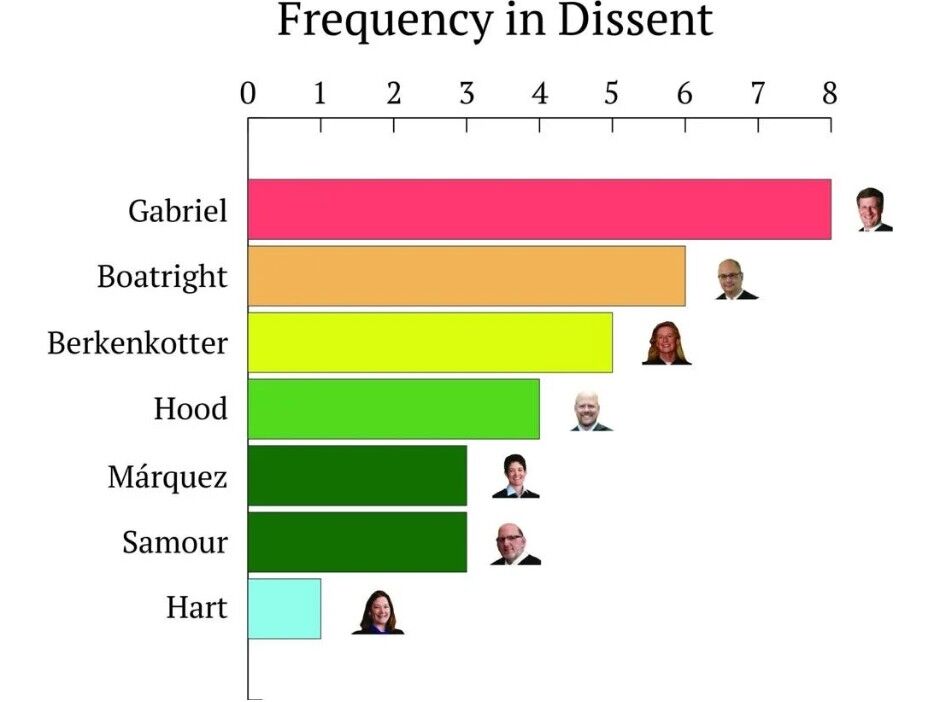
Geoffrey Klingsporn, an attorney who tracks the decisions of the Colorado Supreme Court, compiles statistics about each member’s decision-making for the annual appellate event in the spring. According to his 12 years of data, Márquez has historically been part of 7.5 dissents per year, including as the author of four on average. Klingsporn’s analysis uses a different reporting window than Colorado Politics uses for its statistical review.
“I actually think it’s better for the institution to have its leaders in dissent sometimes because it shows that the institution is bigger than any one justice,” said Eric Olson, who was Colorado’s solicitor general between 2019-2023.
He said that Márquez reminded him of the late U.S. Supreme Court Justice John Paul Stevens, for whom he clerked. Both justices, Olson said, had life experiences leading them to support transparency in judging.
But also, he continued, the Colorado Supreme Court does not limit itself to hearing and deciding cases in the same term, as its federal counterpart does. Therefore, it is possible the court spent the summer processing the large number of dissents for release in September.
“The U.S. Supreme Court has this self-imposed deadline and that’s why the last 10 opinions they release are never unanimous,” Olson said.


